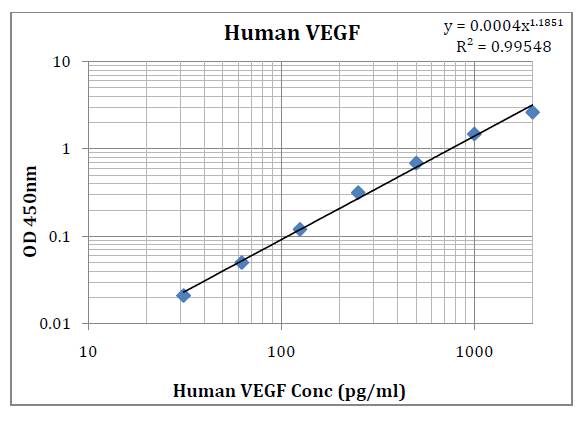Recombinant Human RNF43 Protein, hFc Tag
Shipping Info:
For estimated delivery dates, please contact us at [email protected]
| Amount : | 50 µg |
| Content : | Lyophilized from sterile PBS, pH 7.4. Normally 5 % - 8% trehalose is added as protectants before lyophilization. |
| Storage condition : | Store at -20°C to -80°C for 12 months in lyophilized form. After reconstitution, if not intended for use within a month, aliquot and store at -80°C (Avoid repeated freezing and thawing). Lyophilized proteins are shipped at ambient temperature. |
| Uniprot ID : | Q68DV7 |
| Alternative Name : | RNF124; SSPCS; URCC |
Molecular Characterization: RNF43(Glu43-Tyr197) hFc(Glu99-Ala330)
Molecular weight: The protein has a predicted molecular mass of 39.4 kDa after removal of the signal peptide. The apparent molecular mass of RNF43-hFc is approximately 40-70 kDa due to glycosylation.
Description: Recombinant human RNF43 protein with C-terminal human Fc tag
The protein encoded by this gene is a RING-type E3 ubiquitin ligase and is predicted to contain a transmembrane domain, a protease-associated domain, an ectodomain, and a cytoplasmic RING domain. This protein is thought to negatively regulate Wnt signaling, and expression of this gene results in an increase in ubiquitination of frizzled receptors, an alteration in their subcellular distribution, resulting in reduced surface levels of these receptors. Mutations in this gene have been reported in multiple tumor cells, including colorectal and endometrial cancers. Alternative splicing results in multiple transcript variants encoding different isoforms.
Molecular weight: The protein has a predicted molecular mass of 39.4 kDa after removal of the signal peptide. The apparent molecular mass of RNF43-hFc is approximately 40-70 kDa due to glycosylation.
Description: Recombinant human RNF43 protein with C-terminal human Fc tag
The protein encoded by this gene is a RING-type E3 ubiquitin ligase and is predicted to contain a transmembrane domain, a protease-associated domain, an ectodomain, and a cytoplasmic RING domain. This protein is thought to negatively regulate Wnt signaling, and expression of this gene results in an increase in ubiquitination of frizzled receptors, an alteration in their subcellular distribution, resulting in reduced surface levels of these receptors. Mutations in this gene have been reported in multiple tumor cells, including colorectal and endometrial cancers. Alternative splicing results in multiple transcript variants encoding different isoforms.
|
There are currently no product reviews
|





















.png)








